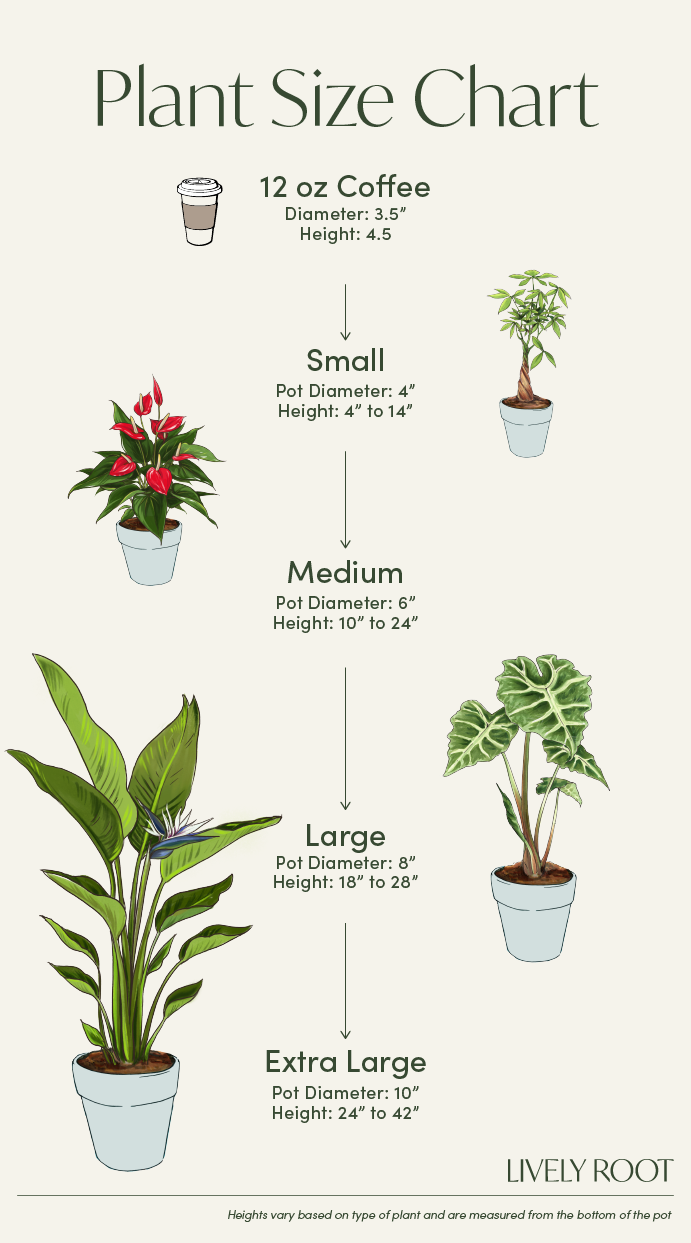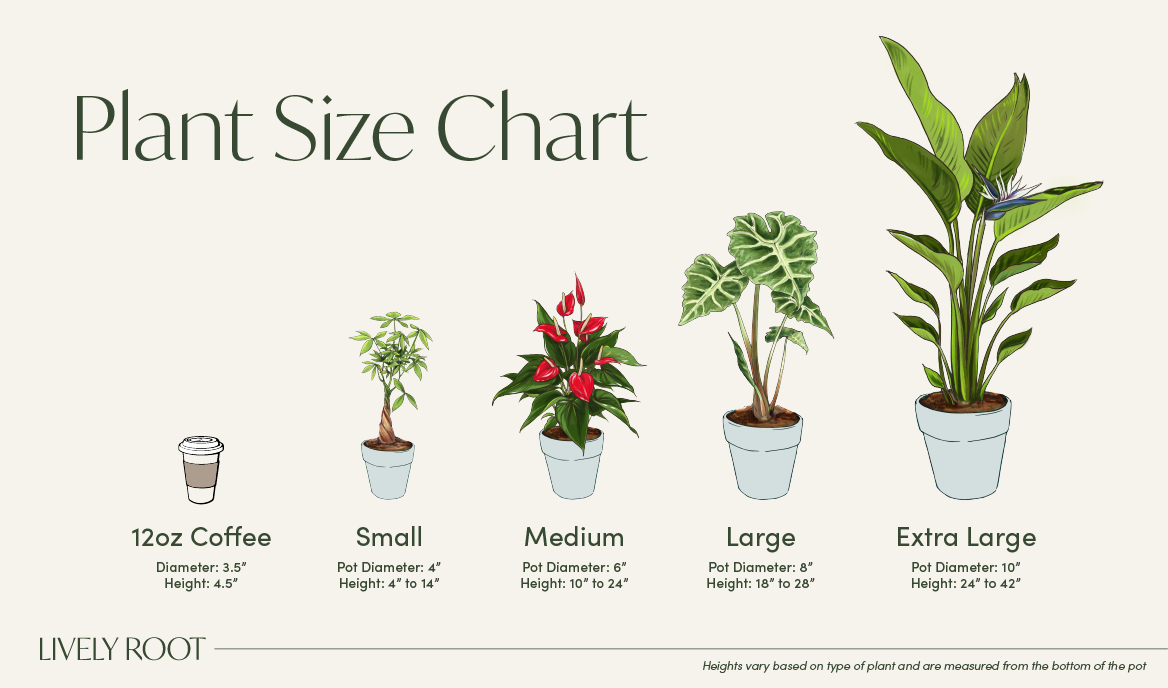

The deep green leaves of the Mini Monstera (Rhaphidophora tetrasperma), also known as Philodendron Ginny, look like a smaller version of the Monstera deliciosa. They grow 6-inch split lobes depending on the supply of bright, indirect light. This plant is in the family of Araceae (neither Monstera nor Philodendron) and prefers climbing rather than hanging. Supply them with a moss pole or plant tape for support as it meanders up the wall or bookshelf.
Mini MOnstera Care Guide & Presentation

Bright, indirect light is the best for this plant.
Use filtered, bottled, or tap water that's sat 24 hours to release the chemicals and water enough that the water discharges out of the drainage holes. Once the water is fully drained, place them back into the cache or decorative pot. Avoid overwatering as they can suffer from root rot. Add water when the top several inches of soil are dry.
Add a humidifier or pebble tray to the bottom of the pot for added moisture around the leaves. Spritz with filtered water. Avoid using hard or soft water to avoid spotting on the leaves. Keep the humidity between 40-60%.
This plant doesn't tolerate cold temperatures. Avoid cold drafts near doors, windows and air vents.
Plant outdoors in a container in bright shade, where nights are above 60°F. This plant doesn't tolerate cold temperatures. Avoid cold drafts near doors, windows and air vents.
Fertilize monthly by diluting a liquid fertilizer into the water while watering. Use half the recommended strength. Fertilize in the spring and summer months but let the plant rest in the fall and winter.
When receiving the Philodendron Ginny, do not repot immediately but wait at least 6-12 months or if the roots are beginning to get crowded and growing through the drainage holes. Repot in the spring, using a 2 inches bigger pot to keep the roots drier. (Too big of a planter could cause the soil to dry slower.) Place a piece of screening at the bottom of the container over the drainage hole to secure the soil and allow to drain. Use a well-draining indoor potting mix with perlite, coco chips or orchid bark to help with drainage. Water your plant in the old pot before transferring over and let sit for an hour. Add soil to the bottom to elevate the root ball. Lift the plant and release the roots against the existing planter. Use a clean knife or garden trowel to wedge between the pot and the soil to loosen. Inspect the root ball. Notice if there are any dead or rotting roots and trim them off with sterile pruners. Ensure the plant is sitting about 1 inch below the edge of the pot to avoid water spillage. Add more soil and backfill around the sides by tamping down. Fill up to the soil line but not over. Water thoroughly, leaving the soil damp but not soggy. If settling occurs, add more soil. Let the plant drain before setting them into a decorative pot without drainage.
Wear gloves while working with this plant, as they may cause irritation around the mouth if the sap is transferred to this area. Trim off any yellowing bottom leaves down to the base of the stem using a sharp knife. (This is normal.) Remove any debris off the soil surface. Train your plant to grow up a moss pole or tie them up to promote upward growth. Wipe the leaves with a clean, damp cloth using filtered or rain water. Support the leaf by wiping them from the stem to the tip of the leaf on both sides. Spritzing the leaves is another way to wet them and wipe clean.
To propagate this Philodendron Ginny plant, take a stem cutting in the early spring. Remove the bottom leaves up 2-3 inches to expose the stem. Place the stem in a glass jar and fill with filtered water and watch the roots grow! Replace and freshen the water each week. After the roots are several months old, add to moistened potting soil, continue to water, and place them in medium to bright light.
Philodendron Ginny (Mini Monstera): Overview
Philodendron Ginny (Rhaphidophora tetrasperma 'Ginny'), commonly known as a Mini Monstera, has similar vivid green and fenestrated but much smaller leaves. This indoor plant is an elegant tropical vine that grows best if suported by a moss pole or trellis. Philodendron Ginny is a rare variety that belongs to the Araceae family.
This lovely tropical plant is native to the islands of the South Pacific and thrives in warm temperatures, making it suitable for the USDA hardiness zone 11. Give your Mini Monstera plant plenty of bright, filtered light, encouraging the splits in its leaves to form. While it has specific watering, humidity, and temperature requirements, Mini Monstera is moderately easy to care for. Because of its calcium oxalate crystals, the Ginny Philodendron is toxic to cats and dogs when ingested.
The charming Monstera Mini plant symbolizes achievement, growth, and hope.
Although called Mini Monstera, Philodendron Ginny is neither a Philodendron nor a Monstera, as seen from its botanical name Rhaphidophora tetrasperma. However, it belongs to the same family as the other two plants.
Philodendron Ginny: Benefits
- Filters toxins from the air
- Considerable aesthetic value
- Vining plant for climbing or hanging displays in living rooms
- Unique and beautiful gift
- Promotes relaxation and creates a tropical mood
Rhaphidophora tetrasperma: Common Names
- Mini Monstera
- Monstera Minima
- Philodendron Ginny
- Minima Philodendron
- Philodendron Piccolo
Monstera Minima: Care Guide
Mini Monstera care requirements include balanced watering, high humidity, and sufficient light. Follow these simple Ginny Philodendron care tips to provide the right growing environment for your plant:
Watering and Humidity
Philodendron Ginny can be sensitive to chemicals in tap water, so use filtered or distilled water for the best Monstera Minima care—water well when the top inches of the soil feel dry. Allow any excess water to drain before replacing your Mini Monstera in its decorative pot. Remember that this plant should never be left sitting in water, as this can lead to root rot.
Keep humidity high around your Monstera Ginny. Use a humidifier, place the plant on a pebble-filled tray, or mist with filtered water.
Light and Temperature
Philodendron Minima prefers bright, indirect light for best growth. Direct sunlight can burn your plant’s leaves. Ignoring the Mini Monstera light requirements could cause your plant’s leaves to grow without the characteristic splits that give it its signature look. The ideal temperature for your Ginny Monstera is 60°F to 80°F. Avoid placing it in cold drafts.
Soil, Feeding, and Repotting
Proper Philodendron Minima care involves using well-draining soil mixed with perlite, coco chips, sphagnum moss, or orchid bark. Philodendron Ginny grows quickly and needs repotting about once every 12 months. Repot your Mini Monstera in the spring or when you see roots growing out of the drainage holes. Feed your Minima Monstera monthly with a balanced liquid fertilizer. Dilute it to half-strength to avoid burning the roots.
Propagation
Mini Monstera propagation is easy. Take several stem cuttings (with a node), trim off the bottom leaves, and place them in a transparent jar of water. Keep the water fresh, and after the roots grow a few centimeters long, plant the cuttings in moist, well-draining soil.
Pruning, Cleaning, and Common Issues
Supporting your Mini Monstera climbing up a wall is essential as its stems can get heavy. Prune any yellowing or brown leaves to promote bushier growth, too. The lower leaves tend to get yellow as part of the plant’s natural aging process. Always remember to wear gloves, as the Monstera’s sap can cause skin irritation. Clean the leaves occasionally with a damp cloth to remove dust, and keep the soil clean from debris.
Brown spots on the leaves of your Minima Monstera can result from fungal disease or root rot, both of which are caused by poor drainage or overwatering. Soft, yellowing leaves are usually also a sign of overwatering.
Mini Monstera Plant: Placement, Companion & Alternative Plants
A Mini Monstera hanging or climbing up a totem pole can be an amazing sight. This plant’s vibrant, glossy green foliage and tropical allure make it an instant highlight in any interior.
Best Locations & Uses
- Ideal air-purifying plant for well-lit bedrooms and offices
- Perfect for plant lovers with no pets
- Spectacular porch plant for warmer climates
- Suitable plant for novice gardeners due to its easy-care needs
- Excellent vining plant for hanging displays or climbing up a totem
Companion Plants
Make your Philo Ginny part of your indoor jungle by combining it with other vining plants:
- Jade And Pearl Pothos (Epipremnum aureum 'Pearls and Jade’): The colorful Jade and Pearl Pothos is a variegated Pothos variety with beautiful, speckled leaves in ivory and bright green.
- Hindu Hoya Rope Plant (Hoya carnosa 'Compacta'): The quirky Hindu Hoya Rope Plant has thick, curly leaves and clusters of star-like flowers that emit an enchanting fragrance.
- Philodendron Cordatum (Philodendron cordatum 'Green'): An amazing plant for hanging baskets, Philodendron Cordatum has heart-shaped, shiny green leaves growing on long, trailing vines.
Alternative Plants
Create a lush green corner in your home with these pet-friendly plants:
- Money Tree Plant (Pachira aquatica): With its braided trunk and airy, lobed leaves, the Money Tree Plant looks charming and exotic; moreover, it’s easy-care and pet-safe, too.
- Hoya Pubicalyx Splash (Hoya pubicalyx 'Splash'): An excellent pet-safe plant that’s ideal for climbing up trellises, the tropical Hoya Pubicalyx Splash has elongated leaves with speckles of white and deep pink to burgundy blossoms.
- Japanese Bird's Nest Fern (Asplenium antiquum): Flourishing in humid and warm conditions, the Japanese Bird’s Nest Fern has amazingly decorative, arched fronds.
Get the Rare Mini Monstera for Sale From Lively Root Today
Elevate your living space’s style and add instant tropical vibes with the spectacular Philodendron Ginny, available from Lively Root!




































